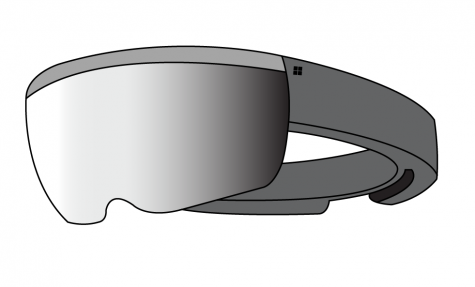No longer down and dirty
March 5, 2015
Most people flush the toilet and never think about the waste again. However, in January and February of 2015, researchers at Arizona State University and Bill Gates, along with engineer Peter Janicki, revealed to the world potential uses for sewage sludge.
Microsoft tycoon Bill Gates funded the development of a filtration system called the Omniprocessor. Invented by Peter Janicki, the Omniprocessor boils sewage sludge and separates the water vapor from the solid waste. The product: clean, filtered and condensed water vapor or in simpler terms, clean drinking water One machine has the capability to provide clean water for up to 100,000 people. To illustrate the cleanliness of the water that only minutes before had looked like sewage sludge, Gates drank the crystal-clear water.
“I think it goes a long way in opening people’s minds to possibilities,” science teacher Amy Leonard said. “Hopefully [it can help people] overcome some of the ‘ick’ factor.”
To efficiently utilize all of the materials present, the dried, solid waste remaining at the conclusion of the process gets heated and transformed into steam to power the Omniprocessor and the surrounding community.
As Gates found water in electricity in sewage sludge, researchers at Arizona State University found 280 dollars worth of valuable metals in a ton (2000 pounds) of sludge. Theoretically, $13 million dollars a year of metals such as silver, copper, gold and platinum mined from the sewage of a city containing one million people.
Currently, Paul Westerhoff, a professor at the School of Sustainable Engineering and the Built Environment at Arizona State University, along with two Arizona mining companies, seek an environmentally friendly process to extract the metals from the waste.
“I think its very innovative, the advancement of technology to find alternative ways to do things,” senior Marcel Perez said.












